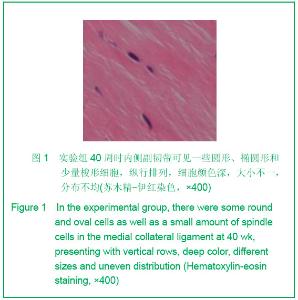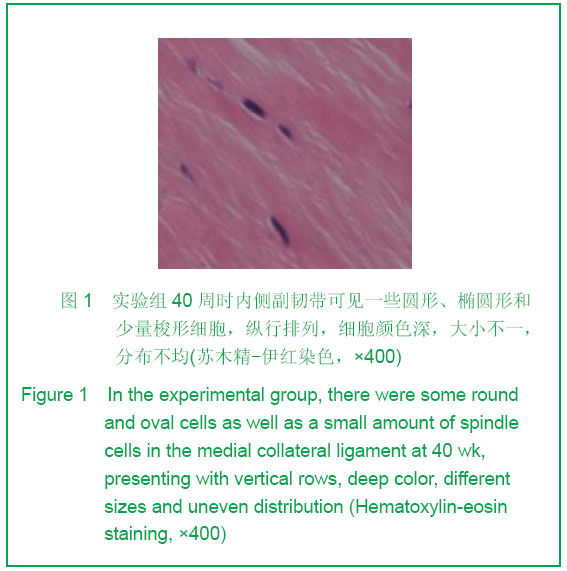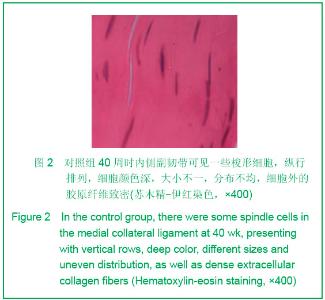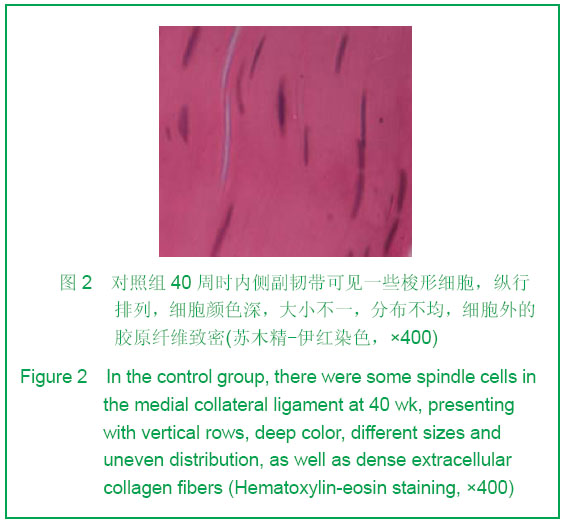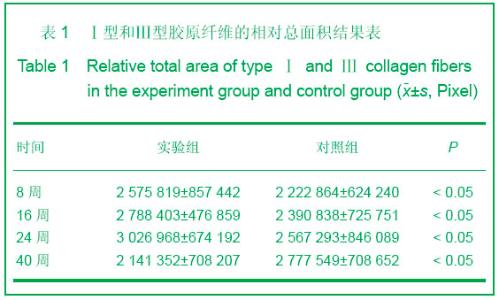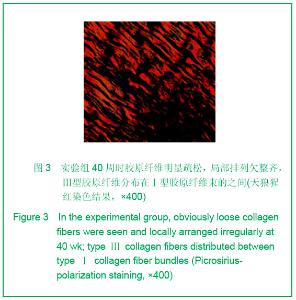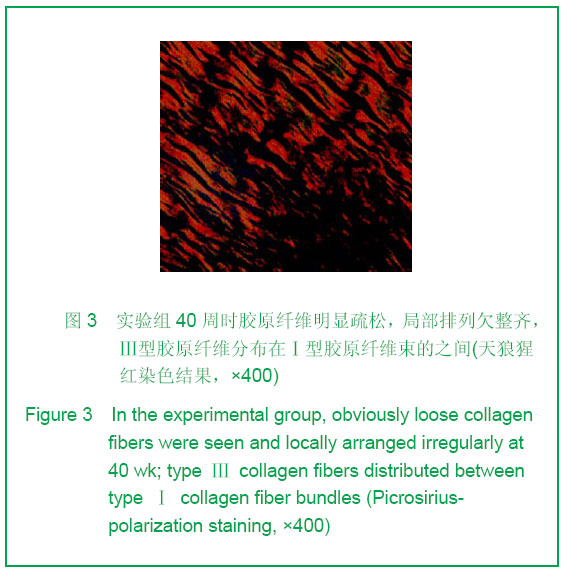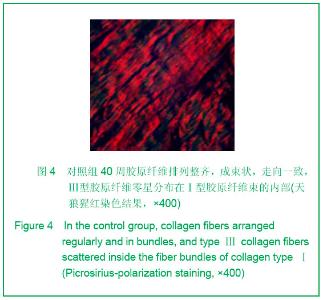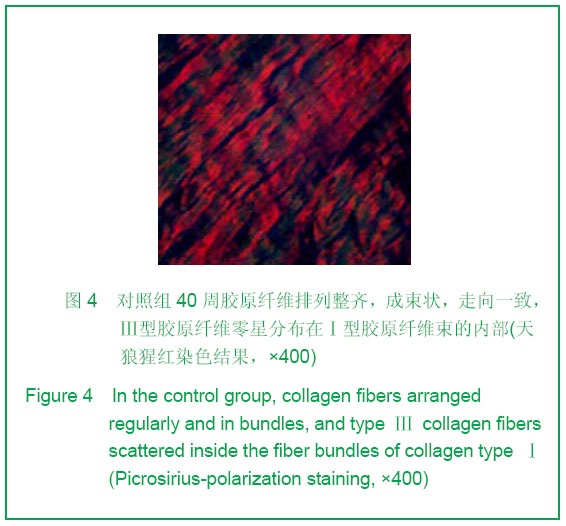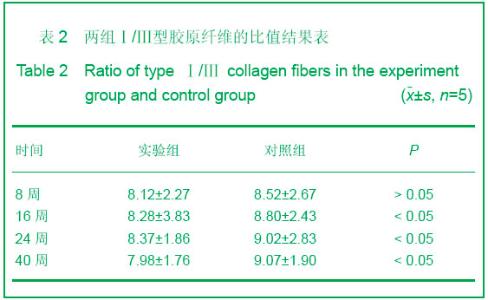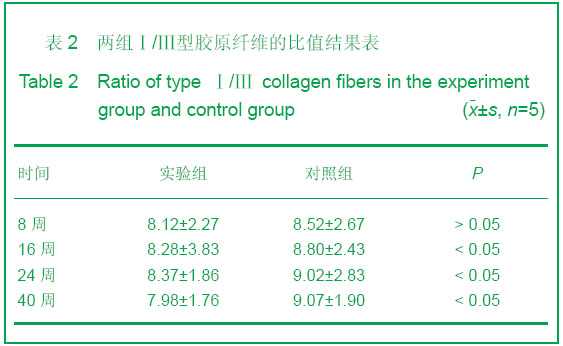| [1] Li ZH, Li N,Zhang YL, et al. Zhongguo Zuzhi Gongcheng Yanjiu yu Linchuang Kangfu. 2010;7(10):1311-1314.李志怀,李宁,张义龙,等.同种异体腱Tibial-inlay技术重建膝关节后交叉韧带31例[J].中国组织工程研究与临床康复, 2010,7(10): 1311-1314.[2] Lahner M,Vogel T,Schulz MS,et al.Outcome 4 years after isolated single-bundle posterior cruciate ligament reconstruction.Der Orthopade.2012;41(3):206-211. [3] Matava MJ, Ellis E,Gruber B.Surgical treatment of posterior cruciate ligament tears: an evolving technique. J Am Acad Orthop Surg.2009;17(7):435-446.[4] Kim SJ,Kim TW,Kim SG,et al.Clinical comparisons of the anatomical reconstruction and modified biceps rerouting technique for chronic posterolateral instability combined with posterior cruciate ligament reconstruction.JBJS(Am). 2011; 93(9):809-818.[5] Ishibashi Y,Tsuda E,Fukuda A,et al.Biomechanical evaluation of an anatomic double-bundle posterior cruciate ligament reconstruction.Arthro.2012; 28(2):264-271.[6] Kohen RB,Sekiya JK.Single-bundle versus double-bundle posterior cruciate ligament reconstruction. Arthro. 2009; 25(12):1470-1477.[7] Zehms CT, Whiddon DR, Miller MD,et al.Comparison of a double bundle arthroscopic inlay and open inlay posterior cruciate ligament reconstruction using clinically relevant tools: a cadaveric study.Arthro.2008;24(4):472-480.[8] Shelbourne KD,Davis TJ,Patel DV.The natural history of acute,isolated, nonoperatively treated posterior cruciate ligament injuries. A prospective study. Am J Sports Med. 1999;27(3):276-283.[9] Van de Velde SK, Bingham JT, Gill TJ,et al.Analysis of tibiofemoral cartilage deformation in the posterior cruciate ligament-deficient knee. J Bone Joint Surg(Am). 2009;91: 167-175.[10] Wang J, Ao YF. Zhongguo Yundong Yixue Zazhi. 2004;23(5): 476-481.王健,敖英芳.后交叉韧带断裂继发关节软骨退行性变的实验研究[J].中国运动医学杂志,2004,23(5):476-481.[11] Simon TM,Aberman HM.Cartilage regeneration and repair testing in a surrogate large animal model.Tissue engineering Part B:Reviews.2010;16(1):65-79.[12] Yu F, Zhou YZ, Li KH. Zhongguo Zuzhi Gongcheng Yanjiu yu Linchuang Kangfu. 2011;15(37):6887-6890.俞芳,周益昭,李康华,等. 膝关节后交叉韧带损伤对侧副韧带生物力学的影响[J].中国组织工程研究与临床康复, 2011,15(37): 6887-6890.[13] Amiel D,Kuiper SD,Wallace CD,et al.Age-related properties of medial collateral ligament and anterior cruciate ligament: A morphologic and collagen maturation study in the rabbit. Int J Gerontol.1991;46(4):B159-B165.[14] Ng GY,Oakes BW,Deacon OW,et al.Long-term study of the biochemistry and biomechanics of anterior cruciate ligament-patellar tendon autografts in goats. J Orthop Res. 1996;14:851-856.[15] Hsieh AH,Tsai CM,Ma QJ,et al.Time-dependent increases in type-Ⅲ collagen gene expression in medial collateral ligament fibroblasts under cyclic strains.J Orthop Res.2000; 18(2)220-227.[16] Busch U, Zeichen J, Skutek M, et al. Effect of cyclical stretch on matrix synthesis of human patellar tendon cells. Unfallchirurg. 2002;105(5):437-422.[17] Zhang L. Hangtian Yixue yu Yixue Gongcheng. 2007;20(5): 349-353.张蕾.牵张刺激对大鼠骨髓间充质干细胞I型和Ⅲ型胶原表达的影响[J].航天医学与医学工程. 2007;20(5):349-353.[18] Gomez MA,Woo SL, Amiel D,et al.The effects of increased tension on healing medial collateral ligaments. Am J Sports Med. 1991;19(4):347-354.[19] Han YP,Tuan TL,Hughes M,et al.Transfonning growth factor-β and tumour necrosis factor-a-mediated induction and proteolytic activation of MMP-9 in human skin. Biol Chem. 2001; 276(25):22341-22350.[20] Shek FW,Benyon RC,Walker FM,et al.Expression of transforming growth factor-β1 by Pancreatic stellate cells and its implications for matrix secretion and turnover in chronic pancreatitis.Am J Pathol.2002;160(5):1787-1798.[21] Kjaer M. Role of extracellular matrix in adaptation of tendon and skeletal muscle to mechanical loading. Physiol Rev. 2004;84(2):649-698. [22] Sun HB, Yokot H.Reduction of cytokine-induced expression and activity of MMP-1 and MMP-13 by mechanical strain in MH7A rheumatoid synovial cells Matrix Biol.2002;21(3): 263-270.[23] Zhang J, Luo ZW, Chen WQ, et al. Yiyong Shengwu Lixue. 2009;24(3):162-165.张瑾,罗自维,陈文琦,等.前交叉韧带扭转损伤后关节腔内后交叉韧带中基质金属蛋白酶活性的研究[J].医用生物力学,2009, 24(3): 162-165.[24] Yang KY, Li J, Wang TL, et al. Shengwu Yixue Gongchengxue Zazhi. 2008;25(3):611-615.杨开英,李江,王泰龄,等.鼠膝关节前交叉韧带和内侧副韧带的损伤拉伸研究[J].生物医学工程学杂志,2008,25(3):611-615.[25] Hermans S,Corten K,Bellemans J.Long-term results of isolated anterolateral bundle reconstructions of the posterior cruciate ligament:A 6 to 12-year follow-up study.Am J Sports Med .2009;37(8):1499-1507.[26] Li G, Papannagari R, Li M,et al.Effect of posterior cruciate ligament deficiency on in vivo translation and rotation of the knee during weightbearing flexion. Am J Sports Med.2008; 36:474-479.[27] Van de Velde SK, Bingham JT, Gill TJ,et al.Analysis of tibiofemoral cartilage deformation in the posterior cruciate ligament-deficient knee. J Bone Joint Surg(Am).2009;91: 167-175. |
